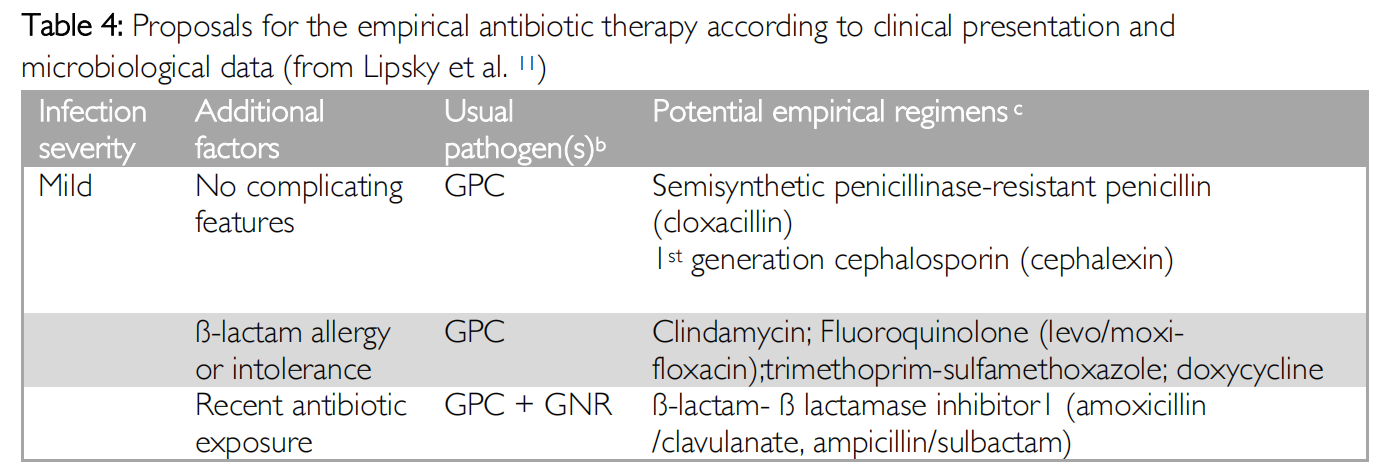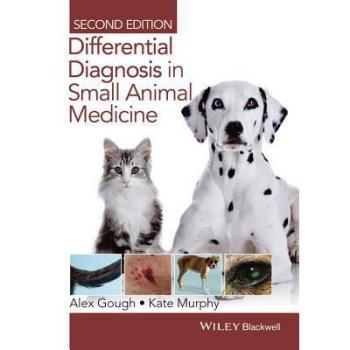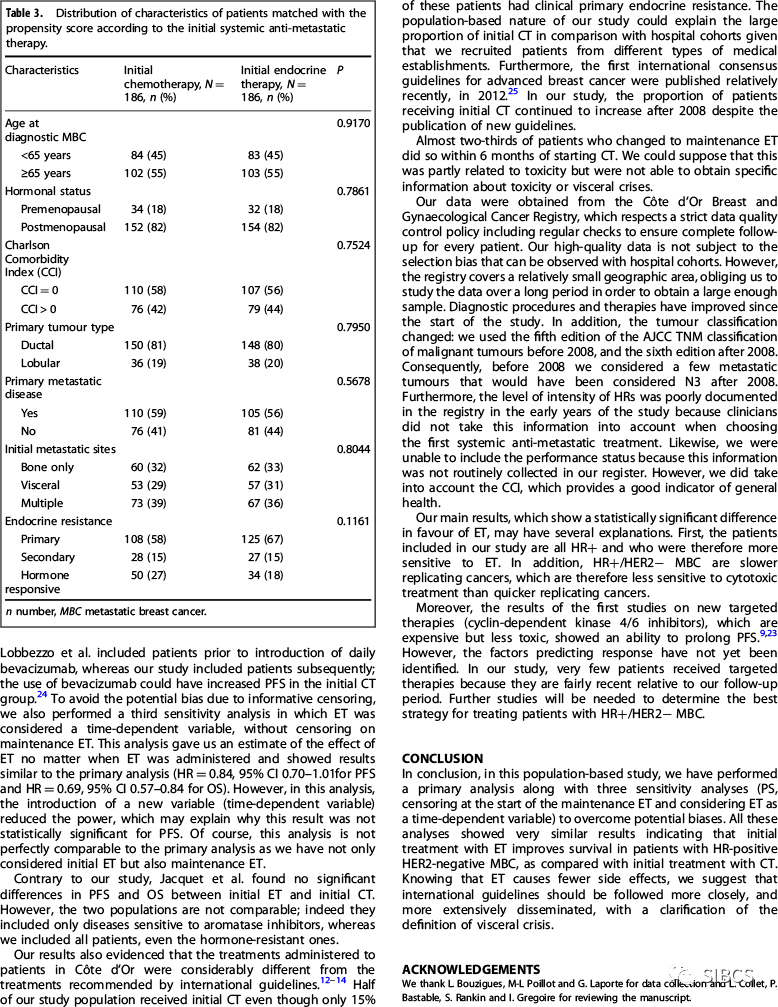# Unveiling the Mysteries: Understanding FDG in PET Scan Meaning for Enhanced Diagnostic Accuracy
In the realm of medical imaging, one term that frequently arises is FDG in PET Scan Meaning. This phrase encapsulates a critical aspect of Positron Emission……
In the realm of medical imaging, one term that frequently arises is FDG in PET Scan Meaning. This phrase encapsulates a critical aspect of Positron Emission Tomography (PET) scans, particularly in the context of oncology, neurology, and cardiology. Understanding what FDG means in this context can significantly enhance our comprehension of how PET scans function and their implications for patient care.
### What is FDG?
FDG stands for Fluorodeoxyglucose, a radiotracer that is commonly used in PET scans. It is a glucose analog tagged with a radioactive isotope, which allows it to be visualized during imaging. Tumors and other metabolically active tissues tend to absorb more glucose than normal tissues, making FDG an invaluable tool for identifying areas of abnormal metabolic activity.
### The Role of FDG in PET Scans
When we talk about FDG in PET Scan Meaning, we are essentially discussing how this compound is utilized to detect diseases. Once injected into the patient, FDG travels through the bloodstream and accumulates in tissues that have a high metabolic rate. This accumulation is particularly pronounced in cancer cells, which often exhibit elevated glucose uptake compared to healthy cells.
During the PET scan, the emitted positrons from the radioactive decay of FDG are detected, creating detailed images that reveal the distribution of the tracer throughout the body. These images enable healthcare providers to pinpoint areas of concern, assess the extent of disease, and monitor treatment responses.

### Clinical Applications of FDG-PET Scans
The implications of understanding FDG in PET Scan Meaning extend far beyond mere academic interest. In clinical practice, FDG-PET scans are indispensable in various scenarios:
1. **Oncology**: FDG-PET is primarily used in cancer diagnosis and management. It helps in staging cancers, detecting metastases, and evaluating treatment efficacy. For instance, a decrease in FDG uptake after chemotherapy may indicate a positive response to treatment.
2. **Neurology**: In neurological disorders, FDG-PET can help differentiate between various types of dementia and other neurodegenerative diseases. Abnormal patterns of glucose metabolism can provide insights into the underlying pathology.
3. **Cardiology**: FDG-PET is also utilized in assessing myocardial viability and perfusion. It can help determine whether heart tissue is alive and functioning, which is crucial for planning further interventions.

### Advantages of FDG-PET Scans
The use of FDG in PET scans offers several advantages:
- **High Sensitivity**: FDG-PET is highly sensitive for detecting malignancies, often identifying tumors that are not visible on conventional imaging methods like CT or MRI.
- **Functional Imaging**: Unlike other imaging modalities that provide structural information, FDG-PET offers functional insights into metabolic processes, allowing for a more comprehensive evaluation of disease.
- **Real-time Monitoring**: FDG-PET scans can be performed at various stages of treatment, providing real-time data that can guide clinical decisions.

### Conclusion
In summary, understanding FDG in PET Scan Meaning is crucial for both healthcare professionals and patients. It highlights the importance of this radiotracer in diagnosing and managing various medical conditions, particularly cancer. As technology advances, the role of FDG in PET imaging will continue to evolve, offering even greater insights into the complexities of human health. By grasping the significance of FDG in PET scans, we can appreciate the profound impact these imaging techniques have on modern medicine and patient outcomes.